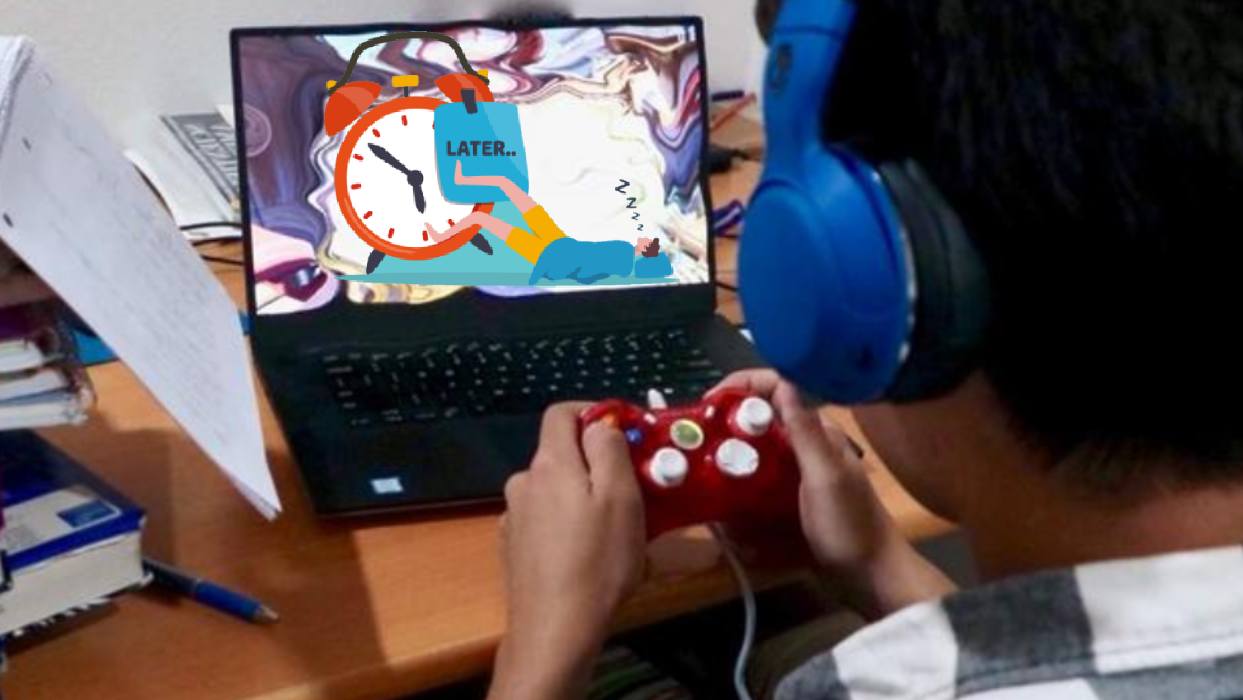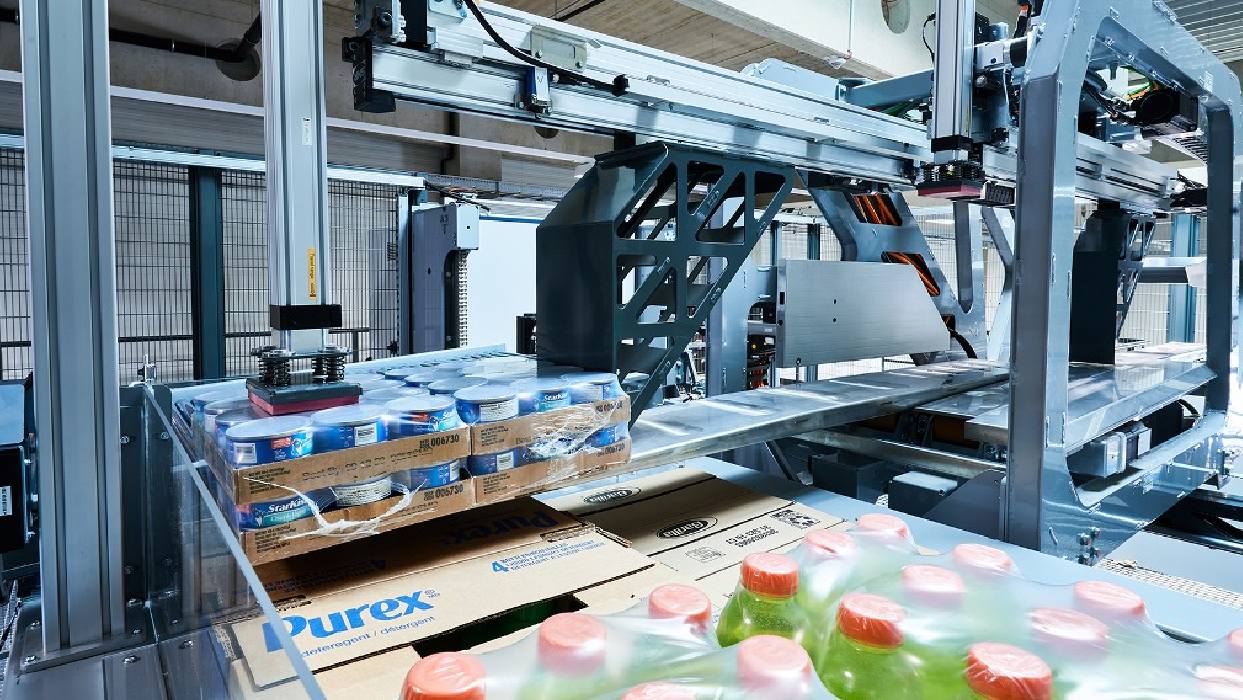Introduction
Procrastination is much more than a simple failure of time management. It is a complex interplay between brain function, personality traits, and emotional regulation. Nearly 20% of adults and up to 70% of students chronically procrastinate, despite knowing the negative consequences 67. Modern neuroscience reveals that procrastination stems from a battle between brain regions responsible for impulse control, emotional regulation, and motivation. Chronic procrastination alters brain structure, weakens self-control, and reinforces avoidance behaviors, ultimately reducing productivity and well-being 17.
This article synthesizes the latest research on procrastination’s neural mechanisms. It examines its cognitive and emotional roots. The article also explores evidence-based strategies to counteract its effects.
The Brain’s Battle: Why We Procrastinate
1. The Limbic System vs. Prefrontal Cortex
Procrastination arises from a conflict between two key brain regions:
- The Limbic System: This evolutionarily older region governs emotions, pleasure, and immediate gratification. It prioritizes short-term relief by avoiding unpleasant tasks 11.
- The Prefrontal Cortex (PFC): Responsible for planning, decision-making, and impulse control, the PFC helps us prioritize long-term goals. However, it is easily overridden by the limbic system’s demand for instant mood repair 11.
When faced with an aversive task (e.g., writing a report), the limbic system triggers avoidance, while the PFC struggles to initiate action. Procrastinators often exhibit reduced gray matter in the PFC, impairing their ability to override impulses 7.
2. Temporal Discounting and the “Present Bias”
Procrastinators devalue future rewards disproportionately. This is due to temporal discounting. It is a cognitive bias where immediate rewards feel more compelling than delayed benefits 28. For example:
- Choosing to watch TV now (immediate pleasure) over studying for an exam (future benefit).
- fMRI studies show procrastinators discount effort costs steeply. They perceive tasks as less aversive if delayed. This perception leads to repeated postponement 23.
:max_bytes(150000):strip_icc():format(webp)/procrastination-science-1-f8e8e9a534cd4a518beb42926c764931.jpg)
3. The Role of the Basal Ganglia and Dopamine
The basal ganglia, particularly the putamen, plays a key role in habit formation. Chronic procrastination reinforces neural pathways that favor short-term rewards, making delay habitual 17. Dopamine, the “reward chemical,” amplifies this by reinforcing behaviors that provide instant gratification (e.g., scrolling social media instead of working) 11.
How Procrastination Rewires the Brain
1. Structural Changes in the Brain
- Reduced Gray Matter: Chronic procrastinators experience shrinkage in the dorsolateral prefrontal cortex (dlPFC). This region is critical for self-control and goal-directed behavior 17.
- Hyperactive Default Mode Network (DMN): Procrastinators exhibit heightened activity in the DMN, a network associated with mind-wandering and self-referential thoughts, which competes with task-focused networks 7.
2. Impaired Error Processing
ERP studies reveal that procrastinators have:
- Reduced Error-Related Negativity (ERN): A weaker ERN signal indicates diminished error detection, leading to repeated procrastination without self-correction 4.
- Lower P300 Amplitudes: This reflects poorer attention allocation, making procrastinators more susceptible to distractions 4.
3. Emotional Dysregulation and Stress
Procrastination is tightly linked to emotional avoidance:
- Tasks perceived as stressful trigger the insula, a region processing aversion, leading to delay as a coping mechanism 1.
- Cortisol levels spike under deadline pressure, impairing memory and focus—creating a vicious cycle of stress and further delay 7.
Personality and Cognitive Factors
1. Conscientiousness and Self-Control
Conscientiousness is the strongest inverse predictor of procrastination (r = −0.75) 1. High-conscientious individuals exhibit:
- Greater gray matter volume in the orbitofrontal cortex (OFC) and dlPFC, enhancing goal persistence 1.
- Stronger functional connectivity between the dlPFC and parietal regions, improving task monitoring 1.
2. Perfectionism and Fear of Failure
Perfectionists often procrastinate due to:
- Fear of evaluation: Anxiety about imperfect outcomes paralyzes action 6.
- All-or-nothing thinking: Believing a task must be done flawlessly leads to avoidance 6.
3. ADHD and Executive Dysfunction
Individuals with ADHD or executive dysfunction struggle with:
- Task initiation: Weak PFC activity makes starting tasks harder 7.
- Time blindness: Underestimating time needed exacerbates delay 8.
Breaking the Cycle: Evidence-Based Strategies
1. Cognitive Behavioral Techniques
- Implementation Intentions: Specify “when, where, and how” for tasks (e.g., “I will write from 9–10 AM at my desk”) to automate action 8.
- Time Chunking: Break tasks into micro-steps (e.g., “write one paragraph”) to reduce overwhelm 11.
2. Mindfulness and Emotion Regulation
- Mindfulness meditation weakens the limbic system’s grip by increasing PFC activity, reducing impulsive avoidance 11.
- Self-Compassion: Reducing guilt about procrastination decreases future delay 6.
3. Environmental Tweaks
- Remove Temptations: Use apps to block distracting websites 11.
- Reward Substitution: Pair tasks with immediate rewards (e.g., “after 30 minutes of work, I’ll have coffee”) 8.
4. Neural Retraining
- Neurofeedback: Training to enhance PFC activity can improve impulse control 7.
- Physical Exercise: Boosts dopamine and PFC function, reducing procrastination 11.
Conclusion
Procrastination is a deeply ingrained behavior rooted in the brain’s conflict between short-term relief and long-term goals. Neuroscience reveals that chronic delay reshapes neural circuits, but targeted strategies—from mindfulness to environmental design—can rewire these patterns. When individuals understand procrastination as a brain-based challenge, they can adopt science-backed methods. These methods help them regain control and enhance productivity.
Key Takeaways:
- Procrastination stems from a limbic-PFC imbalance and temporal discounting.
- Chronic delay shrinks the PFC and strengthens avoidance pathways.
- Interventions like mindfulness, task chunking, and reward systems can counteract these effects.
For further reading, explore the neurocomputational models of procrastination 23 or the role of emotion regulation in task avoidance 611.
This article synthesizes peer-reviewed studies from PubMed, Nature, and Frontiers in Psychology. For full references, see the original sources 127.








Leave a Reply